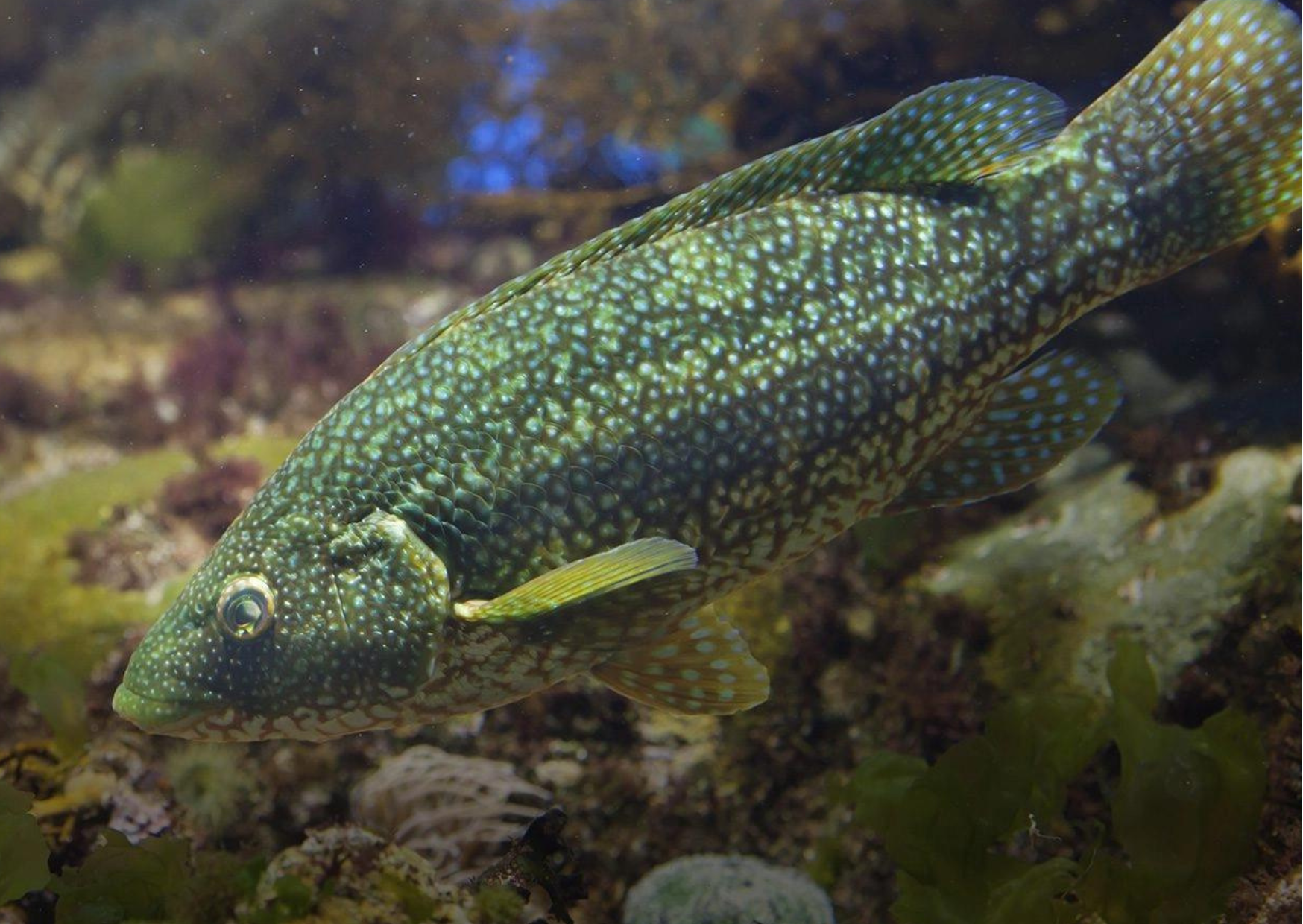Next working day delivery with Royal Mail Tracked 24
Salmon Farming | Controlling Sea Lice with Wrasse

Salmon Farming | Controlling Sea Lice with Wrasse
A spotlight has been shining on Scottish Salmon farming recently, moreover the prevalence of sea lice affecting the farmed salmon stock. One method of controlling parasites present in farms relies upon the Wrasse - a fish that prey on sea lice - but stocks are liable to fall as farms move, or when chemicals are used.
Charitable organizations like SIFT alongside the Scottish Government are working hard to prevent population collapse and manage the stock levels of Wrasse.
Excerpt from SIFT's website:
"Wrasse are a family (Labridae) of sea fish species which inhabit rocky reefs and kelp beds in Scotland’s coastal waters. They feed upon crustacea and molluscs and play a vital role in the wild in controlling parasites which predate upon other fish (including commercial species) or on habitat-forming flora such as kelp. In addition to their important ecological function, wrasse are also of high socio-economic importance, particularly to recreational divers and sea anglers, given their striking appearance.
As concerns have grown about the use of Emamectin Benzoate and other anti-parasitic chemical treatments to treat sea lice on salmon in Scottish salmon farms, industry has increasingly turned to the use of “cleaner fish” as a substitute for these chemicals."
To find out more about the Sustainable Inshore Fisheries Trust please click here. Support the cause by sharing their website.
To discover more information from the Scottish Government concerning the information above please click here.
To browse our range of saltwater fish supplies please click here.
Photo credit(s): Main: SIFT. Insert: Scottish Government.





